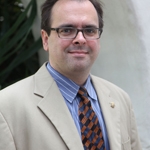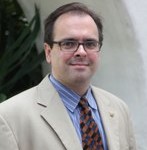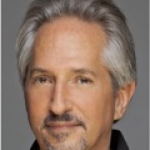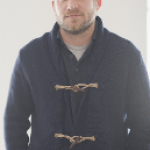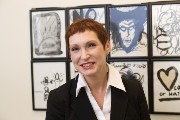
Dr. Marilyn P. Wolf-Ragatz
Arts Integral to Community Success (from The Partnership Movement)
Posted by Aug 01, 2013

Dr. Marilyn P. Wolf-Ragatz
The Athens Cultural Affairs Commission (ACAC), which advises Athens-Clarke County’s mayor and commission on cultural affairs and aesthetic development, has launched a  new partnership with the Athens Area Chamber of Commerce.
new partnership with the Athens Area Chamber of Commerce.
Since its conception two years ago, ACAC has been busy developing new procedures, starting and completing new public art installations, and considering the many opportunities and possibilities for growth and support of the arts. In that time, the work and responsibilities of ACAC have grown rapidly. This growth produced two critical needs: staff assistance and visible, accessible office space.
Thanks to the help of the county government and county commissioners, and to Athens Area Chamber of Commerce President Doc Eldridge’s vision to bring an arts component to the chamber family, ACAC now has a place to hang its hat.
We are all aware that developing collegial relationships results in better outcomes. The opportunity has now been created for the organizations housed at the Chamber office to continue sharing, discussing, and collaborating on projects with the added perspectives and contributions of the arts. What makes this new partnership especially exciting is the fact that the arts fit so well with the chamber’s mission to help its members and the community grow and prosper.
I recently attended a public art conference in Pittsburgh as part of the Americans for the Arts National Conference. Americans for the Arts and businesses across the United States came together to create the pARTnership Movement, a resource for educating and connecting businesses and arts organizations. Their purpose is to provide opportunities, information, and resources to achieve the greatest level of benefit for both.
Read More




